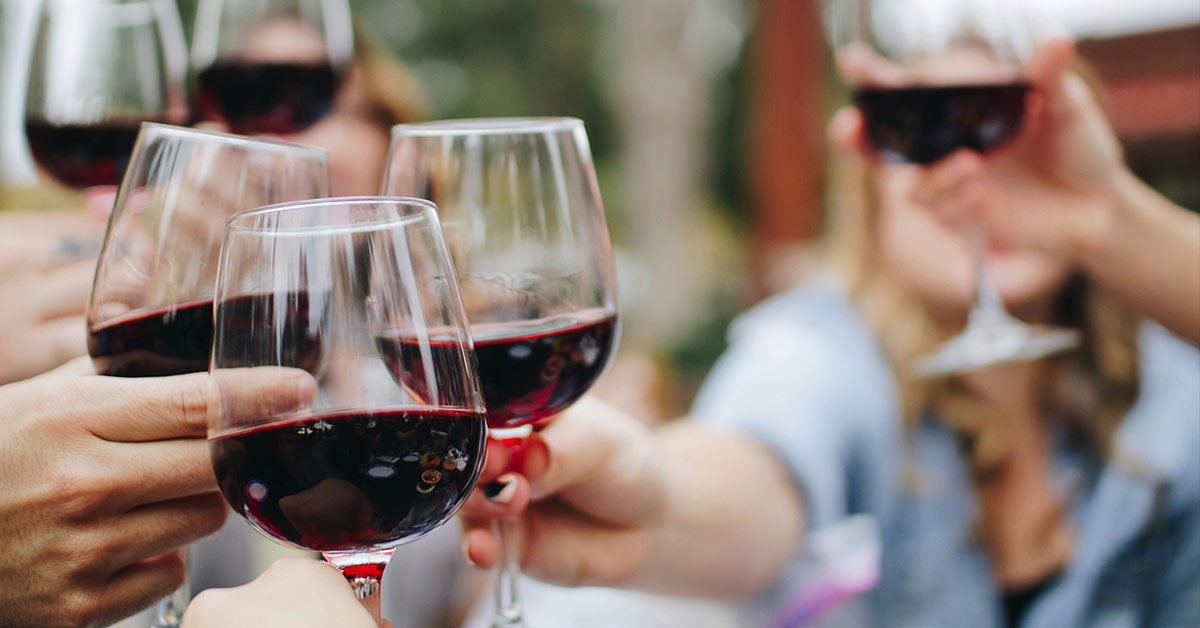
Everything is more difficult in wine.
While brewery menus are littered with near beer options and non-alcoholic spirits are making their way onto bar menus as the fastest growing category in the zero-proof set, wine remains one of the most difficult bev-alc formats to bridge the gap between fully dry consumers and the sober-curious drinkers driving category growth.
A multitude of unique challenges in production processes and consumer adoption make it harder for alcohol-removed wine to grow as quickly as other zero-proof options. NA wine appears to be falling behind other alcohol-free categories even as producers experiment with a blend of strategies to open new ground among consumers.
The adult NA category has posted off-premise sales up 30% to $740 million so far this year. Yet, NA wine is the slowest growing category compared to NA beer/cider/seltzer and NA spirits. In the 52-week period ending August 10, dollar sales of NA wine was up 27% compared to last year; flat with NA beer (+28.9%) and well behind NA spirits (88.1%), according to NIQ off-premise scanner data. On the upside, unit sales were for NA wine were up to 18.6%.
Production Weighs Down Adoption
Non-alcoholic wine has struggled to gain significant traction in the U.S. in comparison to Europe.
“In Europe, it’s just less about selling the category, and it’s more about selling your product,” said Victoria Watters, co-founder of non-alcoholic industry publication Dry Atlas. “Here [in the U.S.], we’re still selling the category a bit more.”
For dealcoholized wines trying to make a still red, white or rosé using grapes, the challenge lies in the technical difficulty inherent to the winemaking process.
It all starts at the point of production. Traditional wine is usually sold between 11% and 15% alcohol-per-volume meaning that during the dealcoholization process about 11% to 15% of liquid is removed. Compare that to NA beer where 4% to 7% of volume is often taken out.
It takes almost a liter of wine before removing the alcohol to get to the 750 ml. bottle that consumers expect.
“If you are in the business of creating a dupe of a non-alc Pilsner or a non-alc Pinot Noir, you’re already setting that consumer expectation for a Pinot or a Pilsner,” Watters said. “That Pinot Noir is going to be a lot harder to get right for a number of technical reasons.”
BevZero — which does nearly all of the dealcoholization for U.S. wines — uses a vacuum distillation process to remove alcohol, while ALTR, a Phoenix, Arizona-based tech company, is experimenting with a nanotechnology solution. Although dealcoholization has improved to keep or add back in many of the flavors and aromas lost in alcohol-removal, the resulting taste can be less complex.
Going further up the supply chain, brands are sourcing lower-quality grapes or bulk wine to make alcohol-removed products, said Nick Bodkins, chief brand officer at NA online retailer Boisson. “In thinking how to make the dealcoholized wine quality go up, you have to actually start breaking apart the winemaking process itself and actually get back to the growing and the harvest processes.”
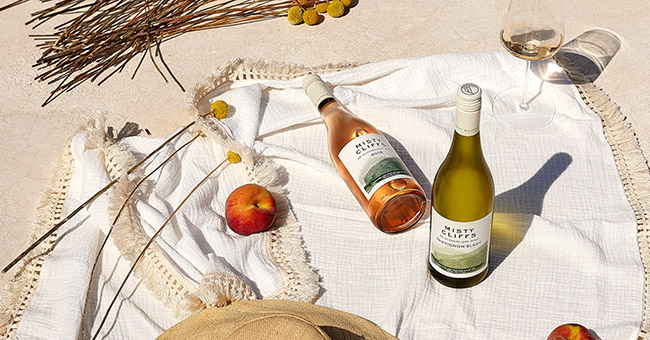
After about 20 years working as a bev-alc importer, South African-born Jason Stanley came to NA wine initially wanting to use California grapes sourced from areas near to his current home in the San Francisco Bay Area. Taking a tip from a dealcoholization expert he decided to use South African grapes because the “input costs are significantly lower” abroad, leading to a better price for higher quality bulk wine, Stanley said.
“I tasted the Californian and the South African bulk alcoholic juice and said ‘Wow, this is quite a bit better quality,’” he said.
Stanley currently distributes two NA wine brands: his own label, Misty Cliffs, and Lautus. Both are produced by South African winemaker Reg Holder who has been making alcohol-removed wine since 2017.
Some producers are unlocking better quality NA wine by tinkering with lower alcohol-producing grape varietals and experimenting with aging.
Sovi, launched by husband-and-wife Alexander and Julia Littauer, draws on the couple’s collective wine industry experience ranging from being in vineyards and cellars to the retail landscape of marketing and sales.
The alcohol-removed wine brand has found varietals like Cabernet Franc and Chenin Blanc respond better to dealcoholization. Sovi’s portfolio includes a higher-priced, single-varietal Chenin Blanc and a Reserve red blend sourced from the Heringer Estates Vineyard in Clarksburg, Calif. while also offering sparkling rosé and white in cans for more casual drinkers.
The key has been to find flavors that are inherent to the grape that won’t be lost when the product is dealcoholized.
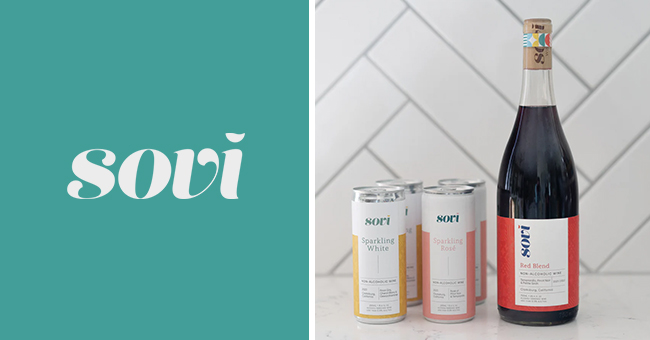
“The nose (smell of wine) is primarily formed in the primary fermentation,” Alex Littauer said. “Those compounds are bound to the ethanol.”
Appealing To A Discerning Consumer
Earning the approval of wine drinkers has proven to be a tough hurdle to clear due to the nature of the wine industry.
“This entire category is so new, most people are in an experiment or discovery phase,” said Sean Goldsmith, founder and CEO of ecommerce and wholesale retailer The Zero Proof. “The strength in the difference of opinions on non-alcoholic wine blows my mind.”
A lot of this comes from the fact that the bulk of NA buyers are alcohol consumers. Across all NA alternative categories (beer, spirits and wine), 94% of purchasing consumers are also buying alcohol-containing drinks, according to NielsenIQ.
Within wine, some formats do better than others. Sparkling NA wines are easier for many regular wine consumers because the carbonation and mouthfeel masks some of the flavors missing from alcohol-free products. NA versions of whites and rosés are easier to mimic than reds because of the tannin structure and depth of flavor in big red grapes like cabernet sauvignon or merlot is often lost when the ethanol is removed.
“It’s about properly setting expectations,” Goldsmith said. “If you’re planning on opening up a bottle of $20 non alcoholic red wine and expecting it to be like Screaming Eagle (often priced in the four- to five-figure range), you might be a little bit disappointed.”
Jessica Selander, the founder and CEO of Jøyus Non-Alcoholic, has a different perspective.
“I want it to be as perfect as it can possibly be and I want people to not be able to distinguish the difference. That’s what I want,” Selander said.
Despite Jøyus’ four varieties — Sparkling Rosé, Sparkling White, Cabernet Sauvignon and Rosé — having won multiple awards at some of the biggest wine competitions, Selander is often confronted at sampling events with consumers hesitating to purchase a bottle based on price.
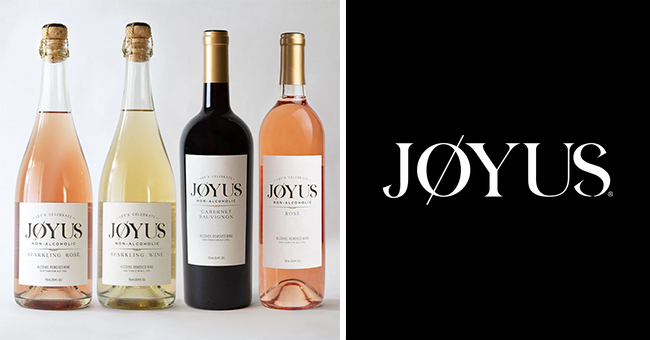
Selander attributes that to many new NA wine consumers expecting a cheaper product because it is missing a key element to its full-strength alternative. Yet, dealcoholized wine goes through the same process of fermentation and aging before the additional steps of alcohol-removal and re-balancing of flavor. All of these extra costs will eventually be passed along to the consumer.
Sean Tucker, manager of Lenox, Mass. wine store Spirited, said that he has been impressed with the alcohol-removed wines he has tasted recently but the pricing can make it a tough sell for everyday wine consumers.
“It’s hard to sell a non-alcoholic wine when its shelf price is over $30,” he said, pointing to the collection of NA options on display.
This stickiness in pricing leaves many customers out of the target market for these products. The main consumers of NA wine represent a fairly thin cross-section of the U.S. demographic landscape, according to data from the Brightfield Group.
Tracking consumer buying habits in the category since last year, Brightfield’s data shows that the majority of NA wine consumers identify as caucasian (65%), having a bachelor’s or graduate degree (62%) and skewing towards an “upper income level” (58%).
The Wine Alternative Approach
One solution is to take the dealcoholization step out of the process. Wine alternatives use unfermented juice and blend it with other extracts, botanicals, fruits, spices and teas to make a drink that mimics wine without extracting the ethanol.
Southern Glazer’s Wine & Spirits EVP and General Manager of Fine Wines Division Cindy Leonard said the category has grown double digits year-over-year-over-year with “probably a 25% increase in non-alcs or low-alcs coming through our doors for consideration” in the past 18 months.
Standouts in the category are using teas that lower the sugar content while providing the mouthfeel and texture that wine-drinkers expect, she said. “The real opportunity is making and securing products that taste as close to the real thing.”
Early adopter TÖST helped trailblaze the wine alternative category with its sparkling beverage and, in the process, drew the attention of Constellation Brands last year which made a minority investment in the brand.
U.K.-based Jukes Cordialities was founded by wine writer Matthew Jukes and uses apple cider vinegar as a base for its drinks. The wine alternative blends are sold sparkling in 8.5 oz. cans or in 1 fl. oz. bottles which are intended to be mixed with still or sparkling water to make a wine-like beverage.
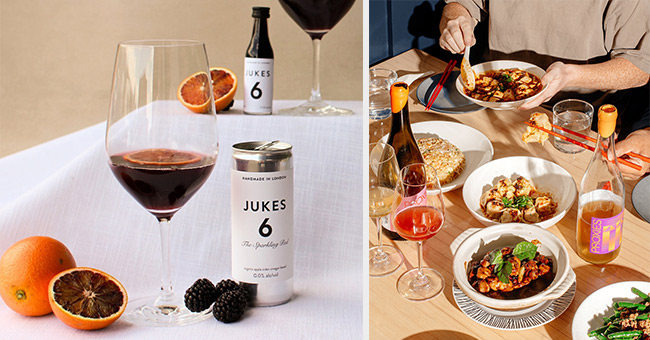
Acid League’s tongue-in-cheek wine alternative brand Proxies is not trying to be wine but takes a similar approach to Jukes by constantly innovating with new iterations of its grape juice-based concoctions available in both traditional 750 ml. bottles as well as single-serve cans.
Proxies founder Charlie Friedmann approached the NA category in 2021 after being unsatisfied with the dealcoholized NA options available at the time because the alcohol is what “carries the texture, body and a big portion of what makes wine special,” he said.
“Can we make something that fits the wine occasion?” he said. “Something that you can swirl, that you can talk to with your friends about and be really nerdy and intellectual if you want. Or that you can just enjoy after a day of work and it feels like something special that takes you out of your every day. But, most importantly, that pairs with food.”
Launched during the pandemic, Proxies started as an online wine club but always eyed the opportunity at on-premise locations like restaurants to drive credibility and brand awareness.
“It’s a place where [consumers] can sample Proxies in an environment where they’re trusting the person who’s serving it to them. So there’s a huge benefit there,” Friedmann said.
Consumers need to be able to buy products in other locations than a restaurant, though. In many conventional grocery stores carrying just one or two NA wine SKUs, the products are often merchandised with mixers in the liquor aisle or even relegated to a completely different part of the store from bev-alc. In states like New York, NA wine cannot be sold alongside full-strength wines in most off-premise retailers where alcohol is sold.
There has been positive movement among bigger retail chains starting with CVS in 2021 and more recently Target’s partnership with Sèchey to build out a low- and no-alcohol set.
From the perspective of industry stakeholders, there is still a lot of work to be done getting more products in front of customers.
“Stores and retailers are still figuring out where to put it, who the buyer is going to be and how they’re going to receive the product,” Goldsmith said. “Those channels will need to be fully opened for non-alcoholic wine to read really exploding.”